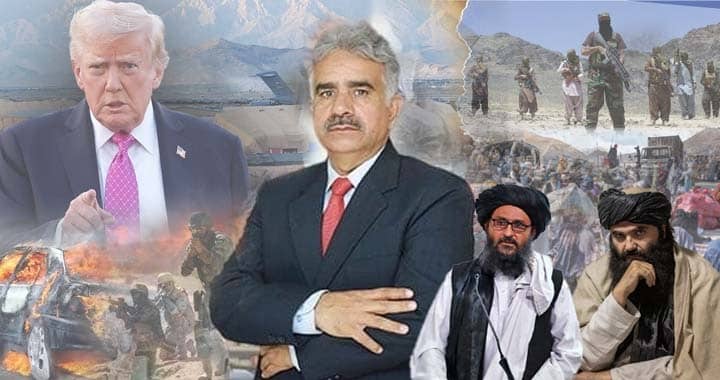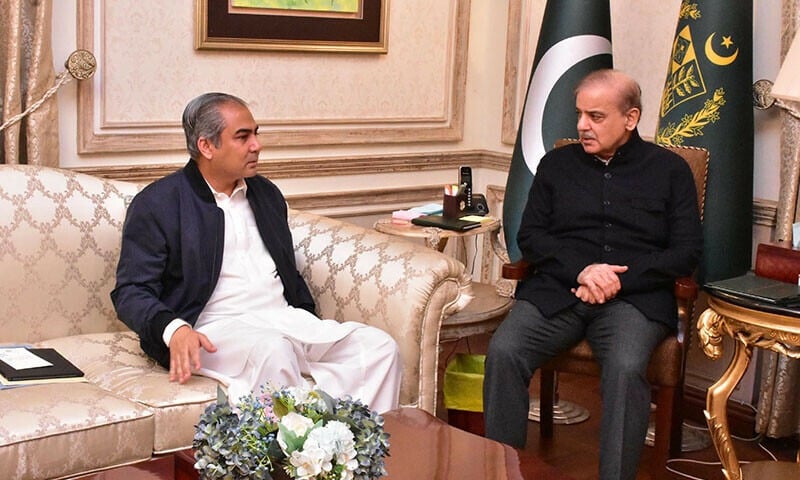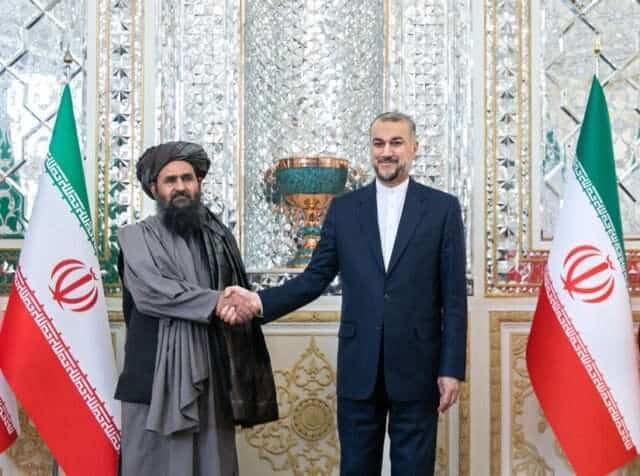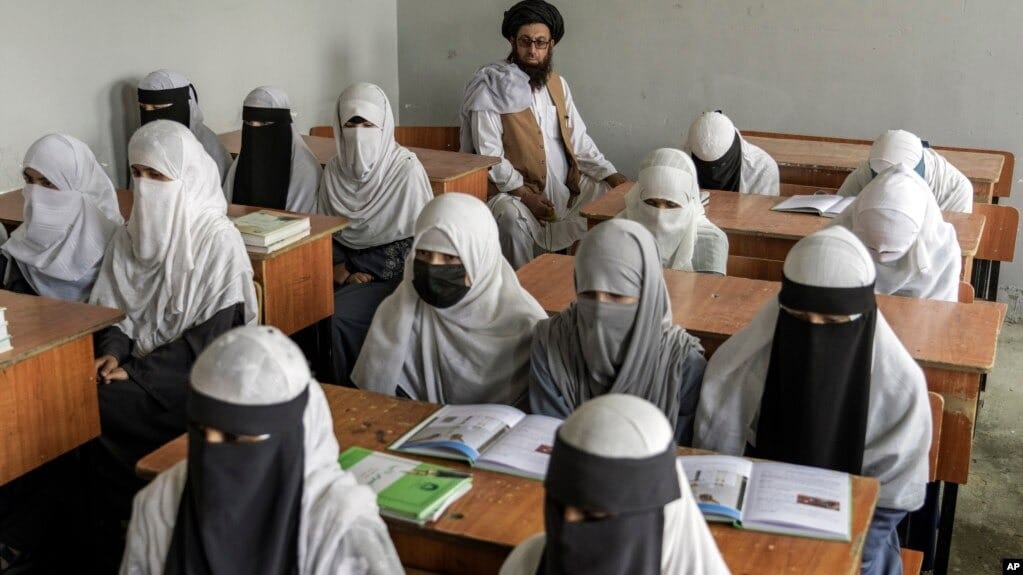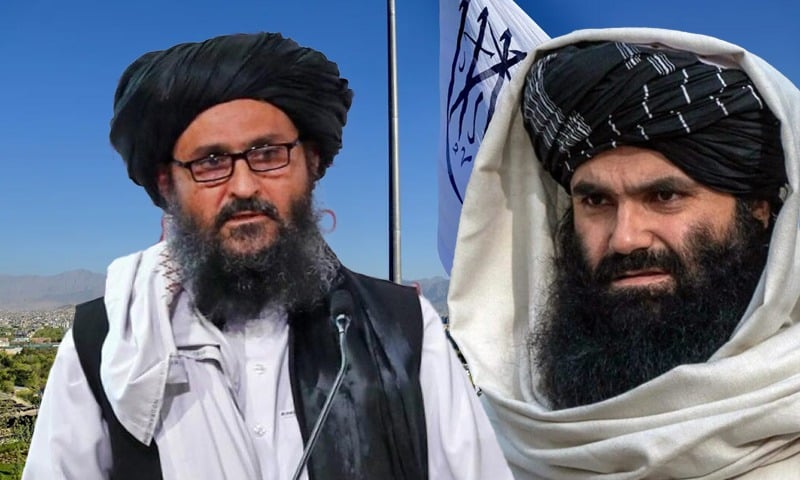In recent months, the region has witnessed critical developments with direct implications for Pakistan’s security; particularly in Khyber Pakhtunkhwa (KP). Among these, none has stirred more speculation than the question of whether internal rifts within the Afghan Taliban might signal the end of their rule. Compounding this is the surfacing issue of Bagram Airbase, with the U.S. reportedly seeking to regain access to this strategic location through negotiations with the Islamic Emirate.
Former President Trump’s statement about retaking Bagram, reportedly accompanied by a $300 million/month rental offer. has unsettled Kabul’s power corridors. Taliban sources claim they won’t surrender “a single inch,” while other unconfirmed reports suggest a $1 billion price tag was floated. The accuracy of these claims remains to be seen, but the intensity of internal debates within the Taliban government cannot be ignored.
The situation is further complicated by growing unrest within Afghanistan. Surveillance activities, including reports of resumed drone flights, have created suspicion. According to Afghan intelligence chief Qari Wasik, policies like internet bans, the dismantling of mobile infrastructure, and the restriction of communication have sown public dissatisfaction. The resurgence of warlord influence in this vacuum is a real threat, compounded by the autocratic role of the Taliban’s Supreme Leader, Mullah Hibatullah.
Mullah Hibatullah has elevated his Kandahari faction above others, sidelining key figures such as Sirajuddin Haqqani and Gulbuddin Hekmatyar. Even high-profile meetings — such as those held by Mullah Abdul Ghani Baradar with special envoys — have led to backlash from the Supreme Leader, who has now barred government representatives from engaging with external actors without his approval. This points to a consolidation of power and the marginalization of more moderate voices, including the Interior Minister and others influenced by Mullah Yaqoob.
Meanwhile, a more immediate danger looms for Pakistan: rogue Taliban fighters crossing into Pakistani territory, beyond the control of their central command. Despite years of internal discipline and punitive measures by the Afghan Taliban against their fighters for associating with the TTP or BLA, the ideological shift among disillusioned militants is stark. With the cessation of jihad in Afghanistan, some now turn toward Pakistan under the pretext that it lacks an “Islamic government.” This dangerous narrative — which brands Pakistan as a target of jihad — is utterly unfounded.
These militants do not direct their zeal towards India, Central Asian republics, or other neighboring states. Rather, they fixate on Pakistan — not because of any doctrinal reason, but seemingly due to political convenience and vested interests. They seek ties with global powers like the U.S. and Canada while harboring animosity toward Pakistan — a nation that stood with Afghanistan during its most difficult times.
Historically, the borderlands of KP and FATA; regions like Bajaur, Tirah, Waziristan, Orakzai, and Mohmand, have been welcoming to Afghan fighters. During the anti-Soviet jihad, local communities opened their doors to Uzbek, Tajik, and Arab Mujahideen. These fighters, many of whom settled through land purchases and intermarriages, integrated into the local economy. Over time, however, the transition from Mujahideen to extremists blurred boundaries between guests and threats.
This transformation proved fatal. Towns like Miranshah and Mir Ali became command centres for Uzbek and other militants. When operations commenced against these elements, their defence was based on their long stay in the region;decades of residence, families raised, and businesses established. The reality is that locals; some for tribal reasons, others for economic gain; provided shelter and facilitated their presence, renting transport, selling land, and doing business.
This deeply embedded presence complicated Pakistan’s counterterrorism operations. When the global narrative shifted post-9/11, and the U.S. launched its War on Terror, Pakistan was thrust into a complex geopolitical battle. We inherited a war we neither started nor defined — and yet we bore its consequences. While some former Afghan Mujahideen-turned-warlords built luxury properties in Dubai, UAE, and Bahrain — often with U.S. support during the Cold War — Pakistan was left to deal with the destabilizing aftershocks.
Unfortunately, Pakistan’s sacrifices have not been acknowledged. Instead, our role has been misunderstood and unfairly criticised, especially by Indian and certain Western media outlets. The narrative that paints Pakistan as a sponsor of terror ignores our undeniable status as a victim of terrorism. Our civilian and military institutions have bled in this fight. Blame-shifting only demoralises the efforts of a nation that stood on the front lines for global peace.
Take the recent tragedy in Tirah as an example. The incident is still under investigation, with sketchy and conflicting reports circulating. Claims range from 5–6 casualties to as many as 27–30. Yet, even as the Prime Minister announced financial compensation, protests continue — driven partly by political motives. Much of the noise, amplified by Indian media, speculates wildly about J-10C jets and airstrikes, without verifying facts.
What remains clear is that militant tactics have evolved. Islamist militants continue to embed themselves within civilian populations, using homes, mosques, and schools as shields. This presents a terrible dilemma: if security forces engage, civilian lives are at risk. If they hold back, militants remain free to operate. This is not Gaza, and Pakistan cannot bulldoze entire villages to eliminate a few militants — no responsible military would.
These tactics exploit the empathy of the Pakistani people and the professionalism of our forces. But there’s a limit. When law enforcement personnel are ambushed, when schoolchildren are targeted — as in APS Peshawar — or when bombs explode at civilian checkpoints, the victims are ordinary Pakistanis. Women, children, and elderly have all paid the price of terrorism, both in cities and tribal regions.
Militants must be held accountable. They must be fought on the battlefield, not behind the veil of human shields. Using civilians as cover, and then blaming the state for civilian casualties, is a cynical and inhumane strategy. No one — not a journalist, not an analyst, not a politician — can defend such tactics.
Finally, we must recognize the broader media landscape. While Pakistan continues to act responsibly — verifying names, facts, and incidents — international and especially Indian media leap to conclusions, often based on hearsay. They spin narratives of state violence while ignoring the proven presence of militants — who proudly post videos from near military forts, conduct vehicle checks, and roam freely in bazaars. How can such brazen visibility be denied?
Investigations must continue, and compensation must be just. But Pakistan’s story must be told fairly: we are not aggressors — we are defenders. We are not sponsors of terror — we are survivors of it. The time has come for regional and global actors to acknowledge this truth.

